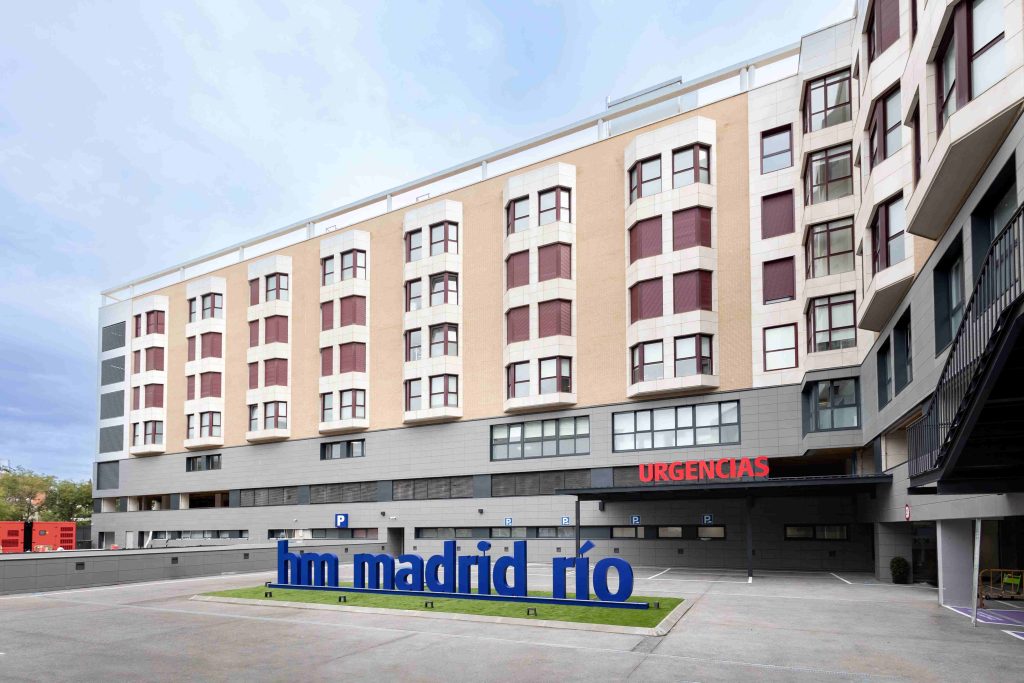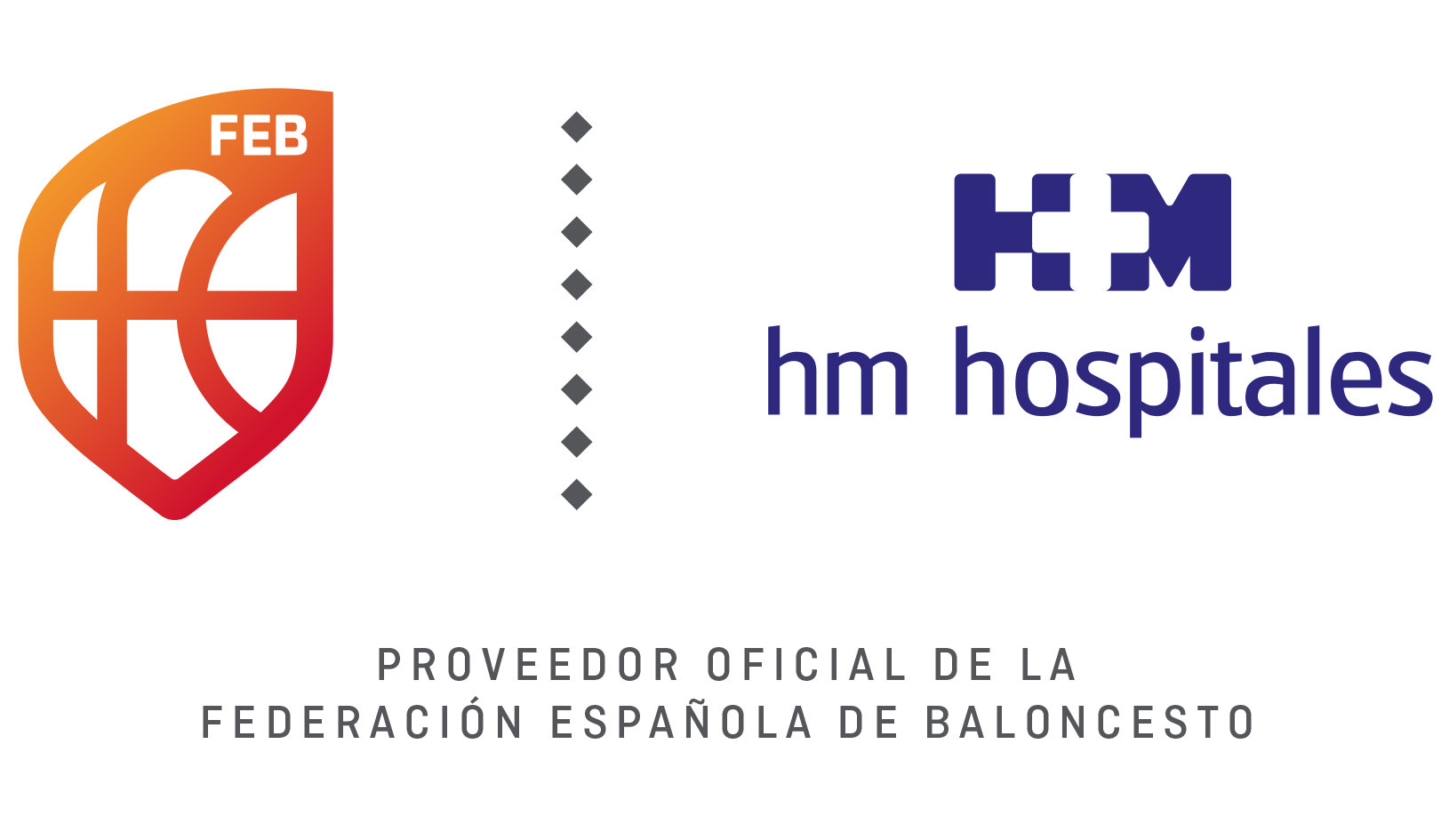HM Hospitales continues strengthening its position as a reference in private healthcare, with significant growth in its medical activity during 2024. The demand for its surgical services has notably increased, reflecting patients’ trust in the Group’s quality and efficiency. Over the past year, nearly 120,000 surgical procedures were performed, including more than 52,000 outpatient procedures, representing a substantial increase compared to previous years. Surgical interventions grew by 11.1% in 2024, while outpatient procedures increased by 26.8% compared to 2023.
The Group provided more than 4.1 million outpatient consultations, representing a 7.9% increase. It also attended to more than 781,000 emergency cases (4.8% more than the previous year) and performed over 14 million laboratory tests. Additionally, it exceeded 1.7 million radiological studies, conducted nearly 55,000 endoscopies, and recorded more than 110,000 hospital discharges, a 3.8% increase compared to 2023. Furthermore, HM Hospitales’ Gynaecology and Obstetrics professionals helped deliver 4,629 babies.
These are the main conclusions from the 2024 activity indicators recently published by the Group in an exercise of complete transparency with patients, professionals and health authorities. Among the most notable data are the functional and efficiency indicators. Particularly noteworthy is an adjusted mortality rate of 0.68. This value means that HM Hospitales’ professionals save 32% more lives than the theoretical standard, represented by the value of one. This result comes from focusing on comprehensive care for complex patients as one of the central pillars of the care strategy.
‘Each year, HM Hospitales takes another step in consolidating its healthcare services, and the publication of the Group’s activity indicators is the best measure, not only of its growth and improvement but that more and more people are choosing us to care for their health and that of their families. It’s a source of pride and a great responsibility to maintain and enhance our quality standards. This is undoubtedly due to the commendable effort of our healthcare professionals and staff, the constant investment in cutting-edge technology, and the commitment to research and training. And this means saving lives,‘ says Dr Juan Abarca Cidón, President of HM Hospitales.
Regional activity
Madrid remains the epicentre of the Group’s activity, with nine hospitals and 16 polyclinics. More than 2.3 million outpatient consultations were carried out in this region, 466,000 emergency cases, nearly 59,000 surgical interventions, and 3,663 births. The activity figures are completed with almost 59,000 hospital discharges, 10.4 million laboratory tests and around 989,000 radiological studies.
In Galicia, with four hospitals and five polyclinics, more than 391,000 outpatient consultations, 110,000 emergency cases and over 21,000 surgeries were performed. The activity figures are completed with nearly 17,000 hospital discharges, 1.5 million laboratory tests, and 317,000 radiological studies.
In Barcelona, with three hospitals and three polyclinics, there were 894,000 outpatient consultations, 111,000 emergency cases and 14,000 surgeries. The activity figures are completed with nearly 20,800 hospital discharges, 1.3 million laboratory tests, and 219,000 radiological studies.
In León, where HM Hospitales has two hospitals and one polyclinic, there were 268,000 outpatient consultations, 47,000 emergency cases and 7,100 surgeries. The activity figures are completed with nearly 3,800 hospital discharges, 733,000 laboratory tests and around 107,000 radiological studies.
Finally, in Málaga, with four hospitals, there were 376,000 outpatient consultations, 46,900 emergency cases and 21,900 surgeries. The activity figures are completed with nearly 8,700 hospital discharges, 183,000 laboratory tests and around 79,500 radiological studies.
Transparency in processes
HM Hospitales also makes the so-called Diagnosis-Related Groups (DRGs) available to its users with different types of results through efficiency, effectiveness and patient safety indicators that the hospital can freely consult. These are the same indicators as those offered by public organisations and some private ones and can be viewed first-hand here.
In this regard, the analysis of DRGs compared to the standard shows that, despite the high complexity of many cases in specialities such as Neonatology, Cardiology, Obstetrics and Oncology, the average length of patient stay is below the standard, with more than 21,925 hospital stays avoided. It is also worth noting the lower average length of stay recorded by HM Hospitales Group in the established functional indicators compared to the national reference (standard): 3.75 days (Adjusted Average Length of Stay Index – ALOSI of 0.80).











